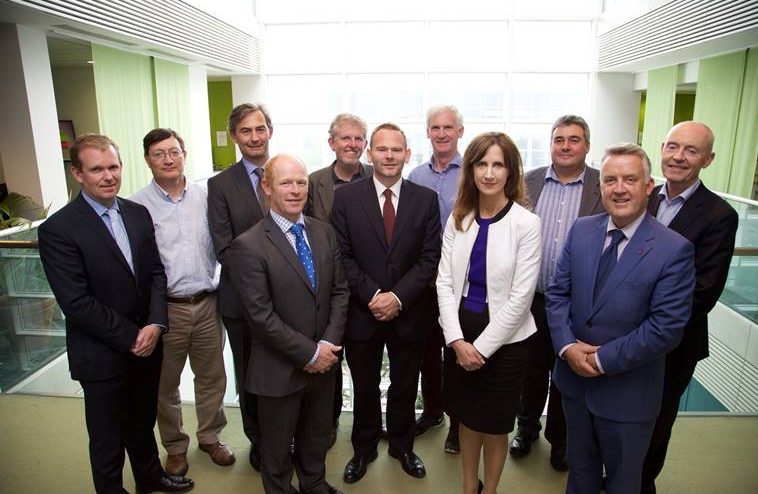
Prior to Christmas, the National BIM Council published the first digital strategy for Ireland’s construction industry, titled a ‘Roadmap to Digital Transition’. Over the past 18 months, the council have consulted and researched, both domestically and internationally to offer a vision and direction for the sector that looks to achieve 20% reductions in cost, 20% reductions in programme and 20% increases in construction exports to 2021.
The Minister for Business, Enterprise and Innovation, Heather Humphreys T.D. announced: “The Irish government recognises the importance of Building Information Modelling (BIM) and see the benefit of how it brings together technology, process improvements and digital information to radically improve project outcomes and asset operations. We see BIM as a strategic enabler for improving decision making and delivery for both buildings and public infrastructure assets across the whole lifecycle.
This industry roadmap is an initiative that advocates more productive ways of working that improves competitiveness at home and overseas. This roadmap not only seeks to increase efficiency and the productivity of the industry, but also seeks to support an SME community that makes up almost 95% of the sector both in Ireland and across the wider European Union.”
A key priority for the Council has been to develop central Government support for a ‘whole industry transition’ and the commitment to a four-year digital procurement directive by The Minister for Public Expenditure and Reform, Paschal Donohoe, T.D. and the Minister of State for Public Procurement, Open Government and eGovernment, Patrick O’Donovan, T.D., is another important milestone. NBC Chair Caroline Spillane agrees,” the Government procurement mandate makes an important distinction between the type of project, its complexity and the requirement for specialist operations and maintenance with a progressive time line for implementation that meets the requirements of clients and the supply chain to adapt to new ways of working.”
The council have set out an ambition for the sector, both public and private, to be more outward looking and more ‘connected’ with the communities, towns and cities we help to create. For example, the Council have considered how Ireland’s planning and building control processes and ultimately how those users and inhabitants of the built environment can benefit from digital data and better information. The alignment of collective benefits inside and outside of the industry have made a compelling case for digital adoption. John Hunt, member of the NBC and construction advisor for Enterprise Ireland proposed that “up until now, the benefits of digital adoption haven’t always aligned with where the costs are initially borne, and so decisions around “who” should invest and “when” have not always been clear. The commitment of Government along with a definition of how we might adopt digital tools and processes over time will bring the clarity to foster wider industry adoption.”
The roadmap is a bespoke vision and strategy for the industry by the industry, nonetheless, the overwhelming call from those individuals and companies contributing to the consultation is that Ireland does not want to “reinvent the wheel”. This is particularly relevant in Ireland’s development and adoption of standards which should position the success and growth of the Irish sector internationally as well as domestically.
Minister Humphreys continued: “The National BIM council is a committee of senior representatives from the industry, including clients, industry bodies and professional representatives, from both the public and private sector. We have learnt that the collaboration required to develop the roadmap is much closer to the way the industry must operate in future and will be a fundamental requirement for the leadership groups both established and new, that will implement the plan. What was different, in many respects is not that the Council have published a plan, but the manner in which the they have produced the plan and the incredibly positive response from those who were asked to input. To each, I would like to acknowledge and thank you.”